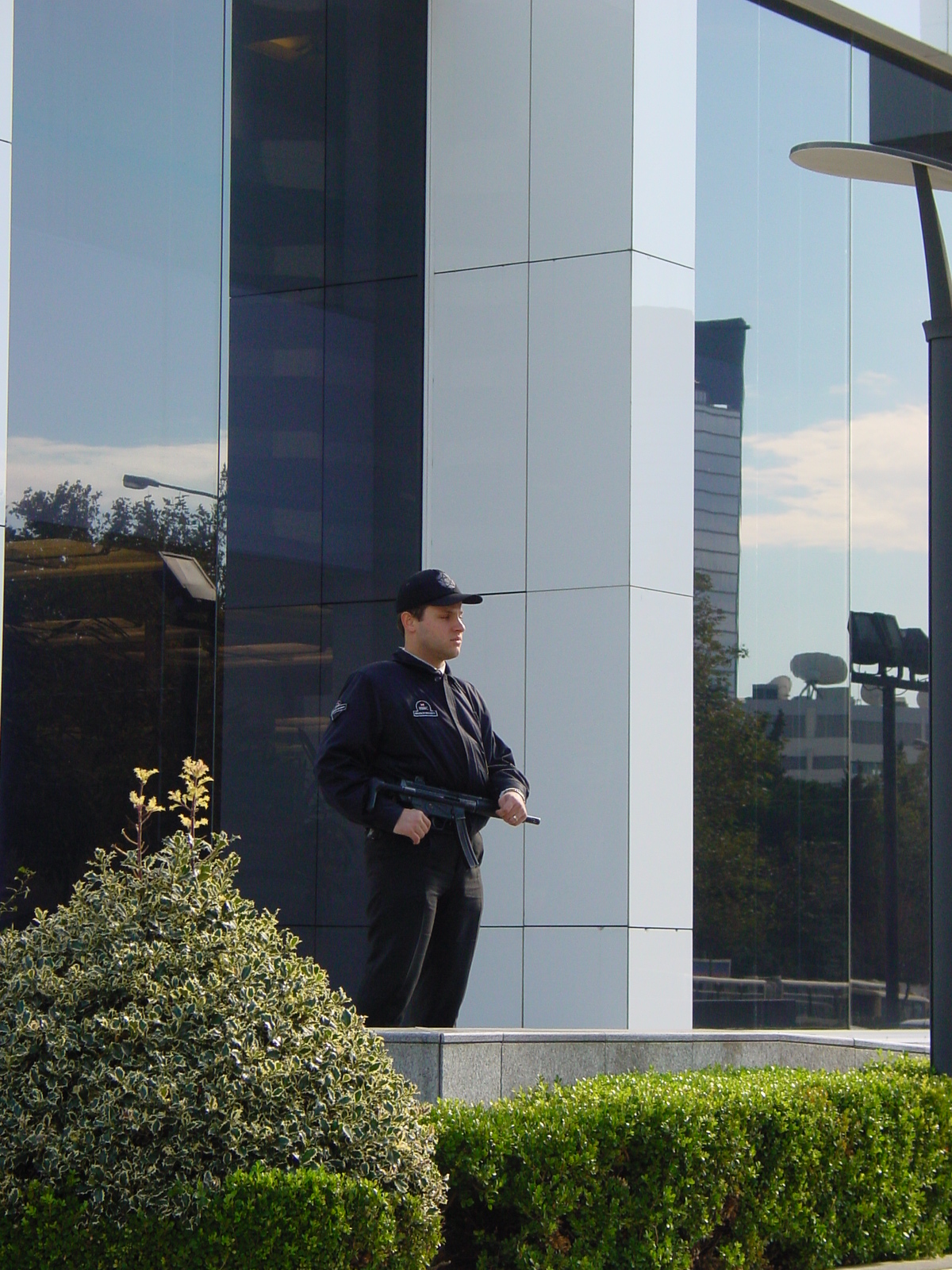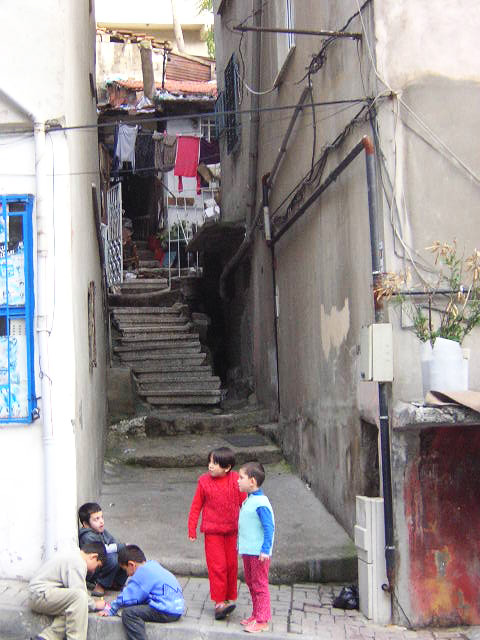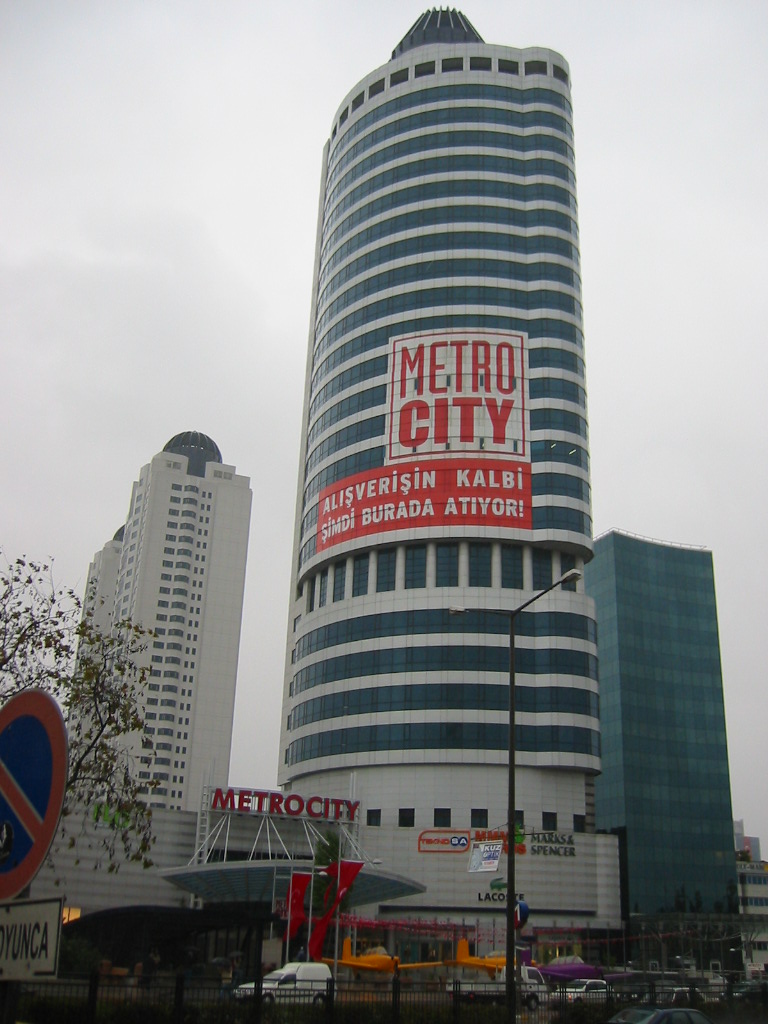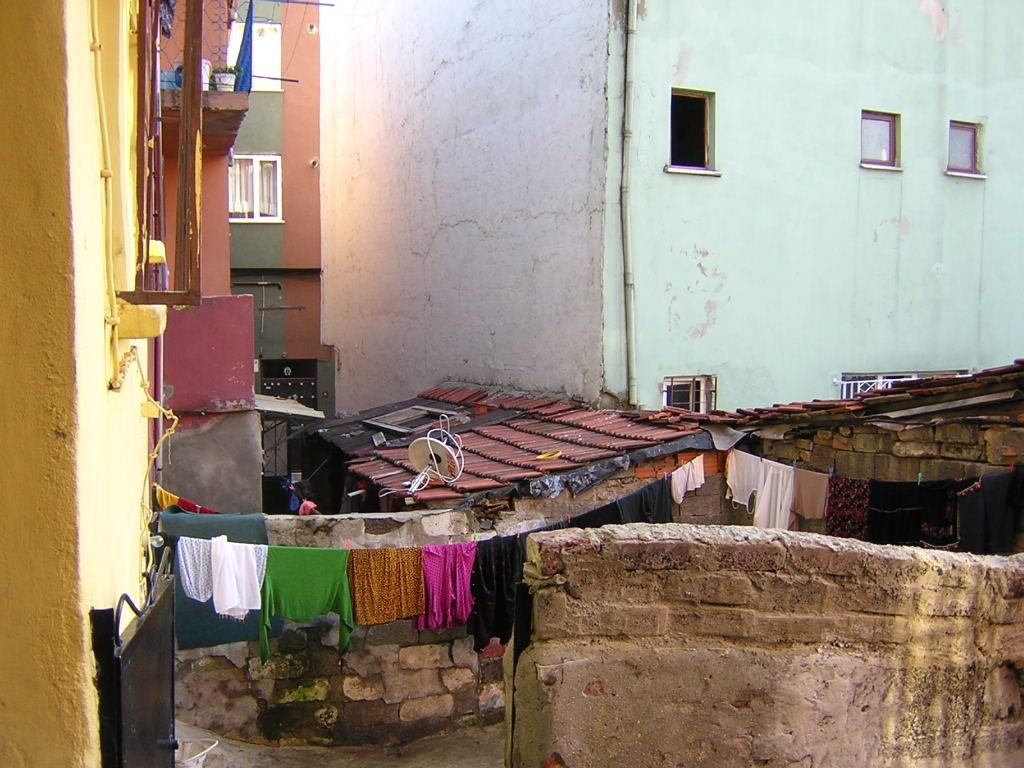Studio Border Conditions (TU Delft), advisors: Marc Schoonderbeek and Oscar Rommens
The first part of my graduation project is a research that explores informal occupation of marginal territories. Empty spaces are commonly appropriated through activities and flows of individuals or with permanent inhabitancy and occupation of public space. I am interested in understanding how do these systems occur.
I analysed this theme with a case study in Gultepe and Levent, two adjacent neighborhoods located in Istanbul, Turkey. Gultepe is a third generation Gecekondu (squatter-settlement) and Levent is composed by a modern high-rise office towers and middle-class residential blocks.
In the 50s Gultepe was vacant public property and was appropriated by communities from the countryside that came to Istanbul looking for jobs and better living conditions. Gultepe is a direct physical result of self-organized colonization systems. My analysis is mainly focused in the informal occupation of this neglected area and the densification processes that followed the occupation.
Nowadays the land value of Gultepe and it's surroundings has changed due to the expansion of Istanbul and this has created an area of contrasts: Gultepe and Levent. The different areas have been studied and compared on various themes.
The method of analyzing consists in mapping/diagramming informal facts that help the understanding of spatial/social conditions of this area. The maps and diagrams should work not only as a direct representation of something but also as a tool to find and show information beyond the evidences.
Studio Border Conditions (TU Delft), advisors: Marc Schoonderbeek and Oscar Rommens
The first part of my graduation project is a research that explores informal occupation of marginal territories. Empty spaces are commonly appropriated through activities and flows of individuals or with permanent inhabitancy and occupation of public space. I am interested in understanding how do these systems occur.
I analysed this theme with a case study in Gultepe and Levent, two adjacent neighborhoods located in Istanbul, Turkey. Gultepe is a third generation Gecekondu (squatter-settlement) and Levent is composed by a modern high-rise office towers and middle-class residential blocks.
In the 50s Gultepe was vacant public property and was appropriated by communities from the countryside that came to Istanbul looking for jobs and better living conditions. Gultepe is a direct physical result of self-organized colonization systems. My analysis is mainly focused in the informal occupation of this neglected area and the densification processes that followed the occupation.
Nowadays the land value of Gultepe and it's surroundings has changed due to the expansion of Istanbul and this has created an area of contrasts: Gultepe and Levent. The different areas have been studied and compared on various themes.
The method of analyzing consists in mapping/diagramming informal facts that help the understanding of spatial/social conditions of this area. The maps and diagrams should work not only as a direct representation of something but also as a tool to find and show information beyond the evidences.
















